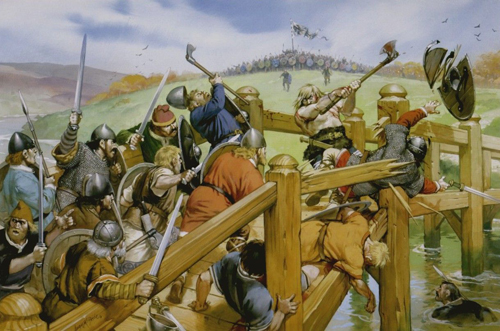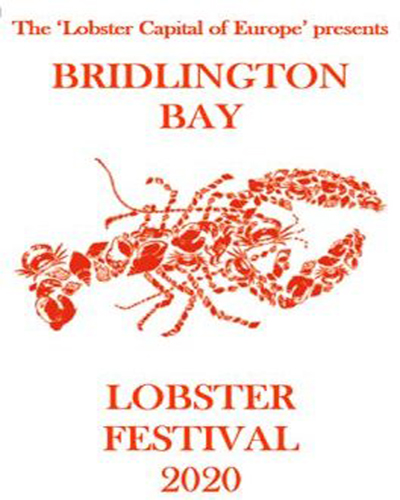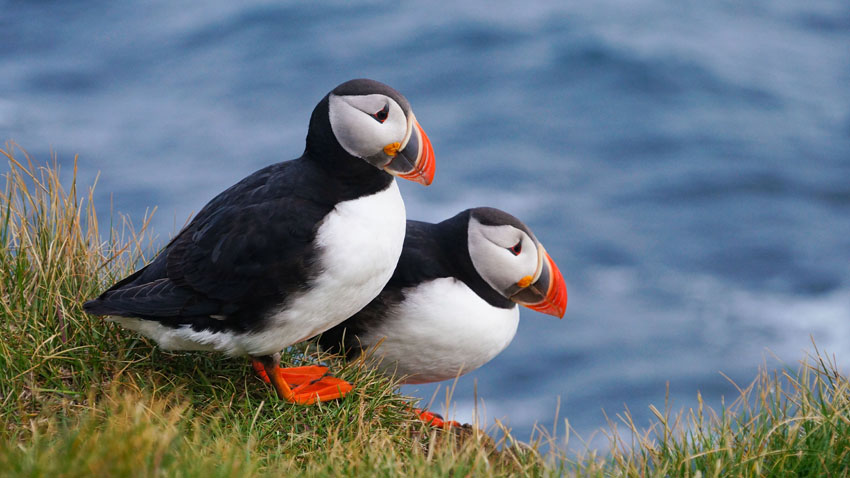




Back to the East Yorkshire Page

- The Royal Connection
- East Yorkshire Eats
- Owlbut's Birdwatch
- East Yorkshire VIPs
 Harold Godwinson became King of
England in early January 1066. He was killed, and lost the throne, on 14th October 1066 when he was defeated by William of Normandy, later known as William the
Conqueror. Harold lost at the Battle of Hastings which ended Anglo-Saxon rule and brought in the Norman times. However it may well be that a different battle,
which took place less than a month before, helped in the defeat of Harold at Hastings.
Harold Godwinson became King of
England in early January 1066. He was killed, and lost the throne, on 14th October 1066 when he was defeated by William of Normandy, later known as William the
Conqueror. Harold lost at the Battle of Hastings which ended Anglo-Saxon rule and brought in the Norman times. However it may well be that a different battle,
which took place less than a month before, helped in the defeat of Harold at Hastings.
You can read the ins and outs of that year, here; a year in which we had three kings. The year started with Edward the Confessor as King but Harold
Godwinson, luckily being the son of Harold Godwin, was the most powerful noble in the land. One of Godwin's other sons was called Tostig and in 1055 he had
become Earl of Northumbria. However Tostig was not a popular ruler and in 1065 the nobles in Yorkshire, which was part of Northumbria, rebelled. Harold Godwinson,
who was now King Edward's right-hand man, was sent to negotiate and he persuaded Edward that the rebels were right and Tostig was exiled.
He fled to Scotland and made contact with King Hardrada of Norway who himself fancied the English throne. Hardrada and Tostig soon invaded York and
Harold Godwinson, now King, raced north with his army and met Hardrada and Tostig at Stamford Bridge, now in East Yorkshire, on 25th September 1066. Hardrada,
Tostig and many of their men were killed.
However, three days later on 28th September, William and his Norman army landed on the south coast at Pevensey. Harold then turned his already tired
army and marched the 240 or so miles to meet William. At Hastings, on 14 October 1066, the superiority of the Norman cavalry against the Anglo-Saxon infantry and
tiredness of the Saxons ensured a victory for the invaders. Had the Battle of Stamford Bridge not taken place, Harold and his army might, might, have defeated
William and history would have been totally different.
![]() Back to the top
Back to the top
 Being a coastal county, fish has always
been easy to get in East Yorkshire. Indeed Bridlington fish and chips shops have won many awards over the years. But Bridlington has another claim to fame. It is
said to be the lobster capital of Europe. More lobsters are landed at Bridlington than anywhere else on the continent.
Being a coastal county, fish has always
been easy to get in East Yorkshire. Indeed Bridlington fish and chips shops have won many awards over the years. But Bridlington has another claim to fame. It is
said to be the lobster capital of Europe. More lobsters are landed at Bridlington than anywhere else on the continent.
However, much of the catch is sold abroad. The French, well-known sea food lovers, are big fans. Spain, Italy and Belgium are also a large market for
Bridlington lobster. There is a question about all this following our departure from the European Union but this could make lobster more popular in England.
Have I tried lobster you ask? Yes. I also once ate crayfish, a bit like lobster but found in fresh water not salt water like lobster, in a place called
Kaikoura in New Zealand. In Maori, the native language in New Zealand, Kaikoura means eat crayfish. Perhaps someone should find out Bridlington means eat lobster
in old Norse.
Bridlington is hoping to copy the Canadian town of Shediac which has made its lobster industry a massive tourist attraction, calling itself the lobster
capital of the world although they don't actually land any lobster there. They just have an enormous processing industry and attract over 300,000 visitors a year.
Go Bridlington.
![]() Back to the top
Back to the top
Puffins are very easy to spot with their black backs, white under bodies, black heads with white cheeks, orange legs and
brightly coloured, chunky beaks. There are about half a million breeding pairs, half of which are only at a few sites. Richard says the first puffins he ever saw were
at Bempton Cliffs on his first coastal journey. They usually arrive back in England during March and April and leave again in mid-August.
Puffins are between 26 and 29 cms in length, have a wingspan of between 47 and 63 cms and can weigh from 320 to 480 grams. They eat fish which is
why you will only find them on coasts or cliffs.

Seven random people who were born in East Yorkshire in the last 100 years:-
Amy Johnson (Aviator - First Woman to Fly Solo to Australia), Liam Mower (Actor/Dancer), Maureen Lipman (Actor), Calum Scott (Singer/Songwriter),
Isy Suttie (Comedian/Actor/Writer), Brian Rix (Actor, Producer) and Eleanor Tomlinson (Actor).
![]() Back to the top
Back to the top

